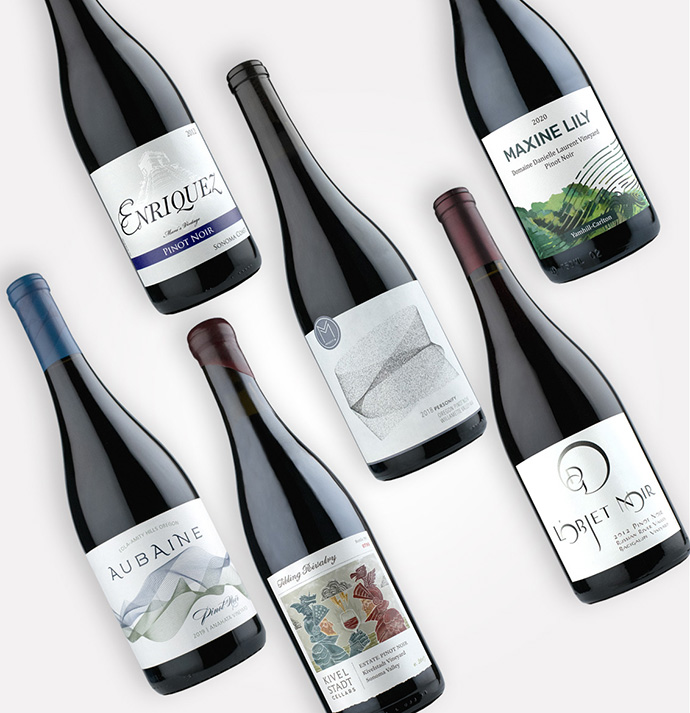Washington excels across wine varieties
Red wine lovers probably aren’t surprised that Washington is the second leading wine producer in the United States. Perhaps because of the notoriety of Napa Cabernet or Oregon’s stronghold in Pinot Noir, Washington’s ability to make high-quality wine from several varieties is under-appreciated by consumers and even some wine periodicals.
The stage is set for Washington red wine
Washington’s signature may be the diversity that produces dozens of great wines, not just a single signature wine. Diverse terroir, research, and excellent growing conditions have powered an expansion from Chardonnay and Riesling-dominated vineyards in the 70s to a focus on red wine.
Today, Washington’s most planted red wines are Cabernet Sauvignon, Merlot, and Syrah. Cabernet Franc, Malbec, and Petit Verdot round out the Bordeaux varietals, including the seldom-seen Carmenere. Happy wine drinkers enjoy exotic wines that cross Old world tradition blending several of these. Traditional supporting grapes like Petit Verdot stand on their own here in single varietal bottling.
Most Washington red wine growing occurs in the semi-arid lands east of the Cascade mountains. The climate is hot and dry with regulated irrigation. The growing days are long, and a significant diurnal shift produces ripe fruits that retain a substantial acid profile. The steady climate and irrigation combine to temper cooler vintages and produce consistent, high-quality wines.
However, as a winemaker, I can attest that vintage variation does happen. Though traumatic, I’ve found more interesting and complex wines arise from a cool year’s challenges with sugar levels, punchy tannin, and acid than from classic warmer vintages where the chemistry is perfect, and the wine seems almost to make itself.
In one of those cool years, I received scraggly, loose clusters of thick-skinned Cabernet Sauvignon berries in the second week of November instead of the usual heavy clusters of small beautiful fruit. After destemming, I peered over the edge of the fermenter at what looked like a stacked pyramid of tiny dented purple ping pong balls in a small puddle of juice. I commented to a fellow winemaker, “do you think I should give them a call and see if there’s a tanker of juice that’s supposed to go with these?” Those small, thick-skinned berries guaranteed plenty of phenols and tannin to make a complex long aging wine once fermentation coaxed out more juice.
Staking a claim with Washington Cabernet Sauvignon
The classic Washington Cabernet Sauvignon has rich, ripe black fruits, chocolate, and espresso with a distinctive herbal note of bay, basil, and sometimes anise, excellent structure, bold tannin, and acidity. Ripe conditions bring alcohol around 14%. Powerful Cabernet Sauvignon is often blended with Merlot, whose similar, but more fruity characters balance the wines.
Washington Syrah
A rising or perhaps risen star, Washington Syrah is a full-bodied, inky glass-stainer that winemakers in the state love to showcase. Its aromas are often smoky, spicy, and bold with peppery black fruit flavors, tobacco, eucalyptus, moderate tannin and acid, and a long finish.
The dominant Washington grapes are native to Bordeaux and the Rhone, and lesser-known varieties from Spain and Italy are gaining ground yearly.
Learn more about Washington wines
10 things we love about Washington wine
A brief history of Washington wine
Perspectives on Washington and Bordeaux
I’ll have a Washington white wine, thank you!
Five cool facts about Washington wine





